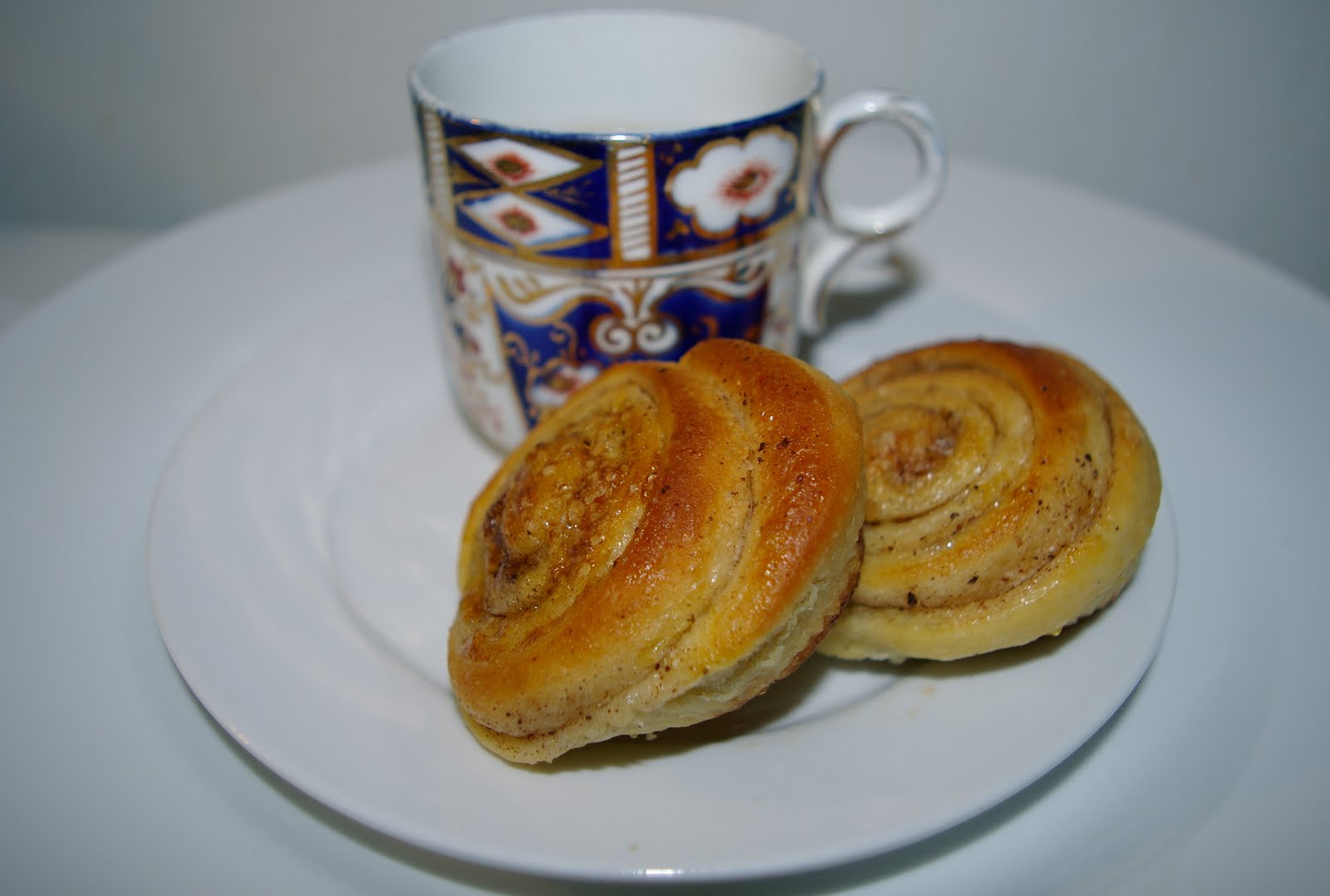Hot Cakes at the Accordion Club
This recipe had me jetting all over the place. I’ve covered two continents and taken a trip back in time to another century. A few weeks ago a nasty ulcer and over-ambitious kitchen redecoration project made both cooking and eating rather agonising. Scuppered, I rejected the domestic domain, and, Elsie in tow, headed to a gem of a bookshop. One of our regular haunts, it offers an excellent selection of old and new children’s books and cookery books, so we’re both happy. Predictably I came away with a mountain of tomes. Never mind redecorating the kitchen we’re going to need an extension to accommodate them all. One book, Exciting Food for Southern Types by witty Italian gastronome Pellegrino Artusi (1820-1911), had me chomping at the bit and one recipe in particular, Accordion Cakes.
I am a very bad accordion player and that being so, after two years learning two songs, it isn’t unreasonable to attempt to get better. A chance find of an accordion club down the road and a recipe for a cake in the instrument’s honour, all seemed too serendipitous to pass over.
Pelegrino Artusi recounts a little anecdote preceding the recipe, which explains its name:
‘A woman wrote to me: ‘I want to teach you, as I had promised myself to do, how to make a tasty and elegant fried pastry. But heaven help you if you call it flat, because it should turn out quite otherwise. Call it “accordion cake,” which would be a fair description.’
Following a recipe from the 1890’s differed greatly from using modern cookery books. The recipe has no measurements so I decided to do a dummy run. The pastry was made with flour, eggs, salt, cognac, then rolled flat and folded in such a way as to ping up into the shape of accordions when deep fried. The end result was quite plain and really needed to be eaten straight away. This needed tweaking if I was going to ingratiate myself with the accordion elite.
After much (virtual) jetting around the globe and a bit of artistic licence, I came up with a revised recipe to suit the imminent occasion.
It is a sort of cross between
churros (a type of Spanish doughnut eaten for breakfast and dipped in hot chocolate or a scrumptious sauce) and
beignets which are an umbrella term for doughnutty cakes in France, but in the U.S. are particularly associated with New Orleans and a place called the
Cafe du Monde. The revised Accordion Cakes are rich, golden, bouncy bellows that remind me of nights at the fairground. They also went (appropriately) like hot cakes at the accordion club, where we ate them to the burlesque tones of their namesake.
Here’s the recipe. The folding is a bit tricky and not altogether foolproof, you might end up with some collapsed bellows. Luckily they’re for eating not playing and taste just as good.
Accordion Cake Ingredients
1 packet of dry active yeast
175ml finger-warm water
50 grams granulated sugar (this isn’t much, add more if you want a sweeter treat)
1/2 tsp salt
1 beaten egg
100ml evaporated milk
450 grams strong white flour
30 grams melted butter, plus 30 grams for pastry wash
2 tsp vanilla extract or 1 tsp vanilla essence
2 tsp mixed spice plus an extra 1/2 tbsp for the spiced sugar (more if you want it really spiced)
Vegetable Oil for Frying
3 tbsp Icing sugar
Method
Mix the yeast, warm water and sugar in a bowl and leave to stand until frothy (about 5 mins)
Then add salt, beaten egg, evaporated milk and vanilla extract
Stir in the flour a spoonful at a time and the mixed spice until it forms a soft dough (you may need more or less flour to obtain this, just use your judgement)
Knead until smooth
Place in a floured or oiled bowl and cover
Leave to rise in a warm place until doubled in size
When ready to use, punch it down and tip onto a lightly floured surface.
Now for the tricky bit . . .
Rolling and Folding the Dough
Roll out a sheet of dough about 1/2cm thick
Brush the surface generously with melted butter
Fold it upon itself so that it is 10 to 11cm wide (it is like rolling a Swiss roll only you fold instead of roll) making sure that the inner side is the greased side
Cut a little sliver off each end to straighten up
Then cut the flattened Swiss roll shape in half, lengthwise (you will be left with 2 long strips)
Cut each strip crosswise every 4cm to obtain little rectangles
Press the uncut spine of each rectangle firmly using your fingers (you are trying to stick together where the folds meet, so that they don’t come apart during frying)
Place on a floured baking sheet and leave to rise in a warm place for 30–40 mins
Meanwhile make the spiced sugar by mixing 1 tablespoon of mixed spice with 3 tbps of icing sugar.
Cooking the Cakes
When the Accordion Cakes have risen, heat 2-3 inches of vegetable oil in a saucepan. Toss a pea-sized bit of left over dough or some bread in the heated oil and if it springs to the top you’re ready to go.
If you have kitchen tongs they make this job really easy
Two at time gently ease the cakes into the hot fat turning to make them cook evenly
In the hot fat they will open like flowers or rather accordions!
Take them out when they are golden (1-2 mins)
Toss in the spiced sugar, sprinkling more over before serving.
Perfect on their own or with coffee, hot chocolate or a cup of Earl Grey tea.






























